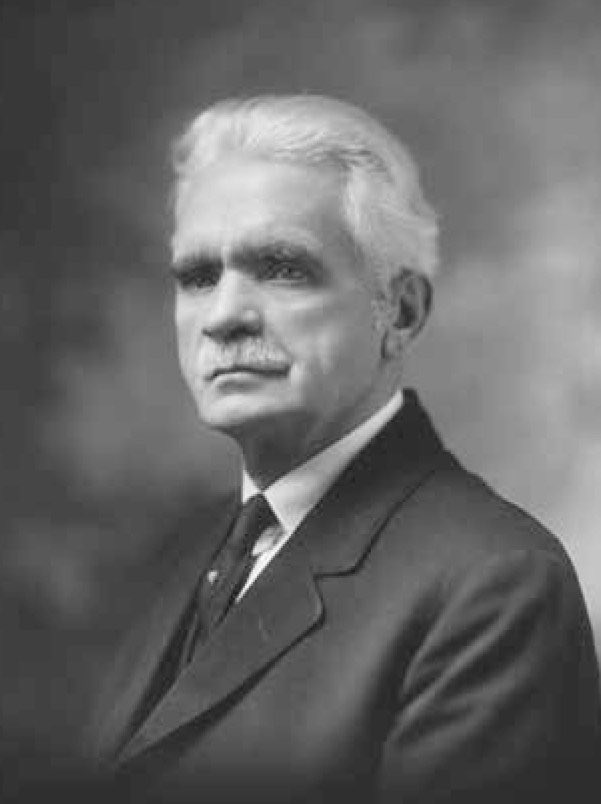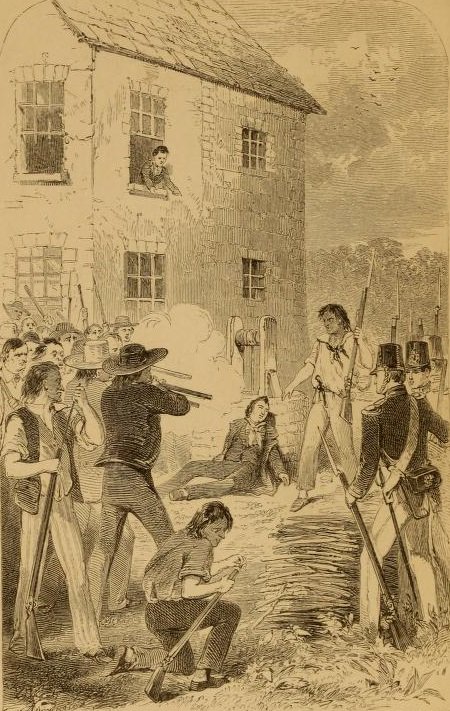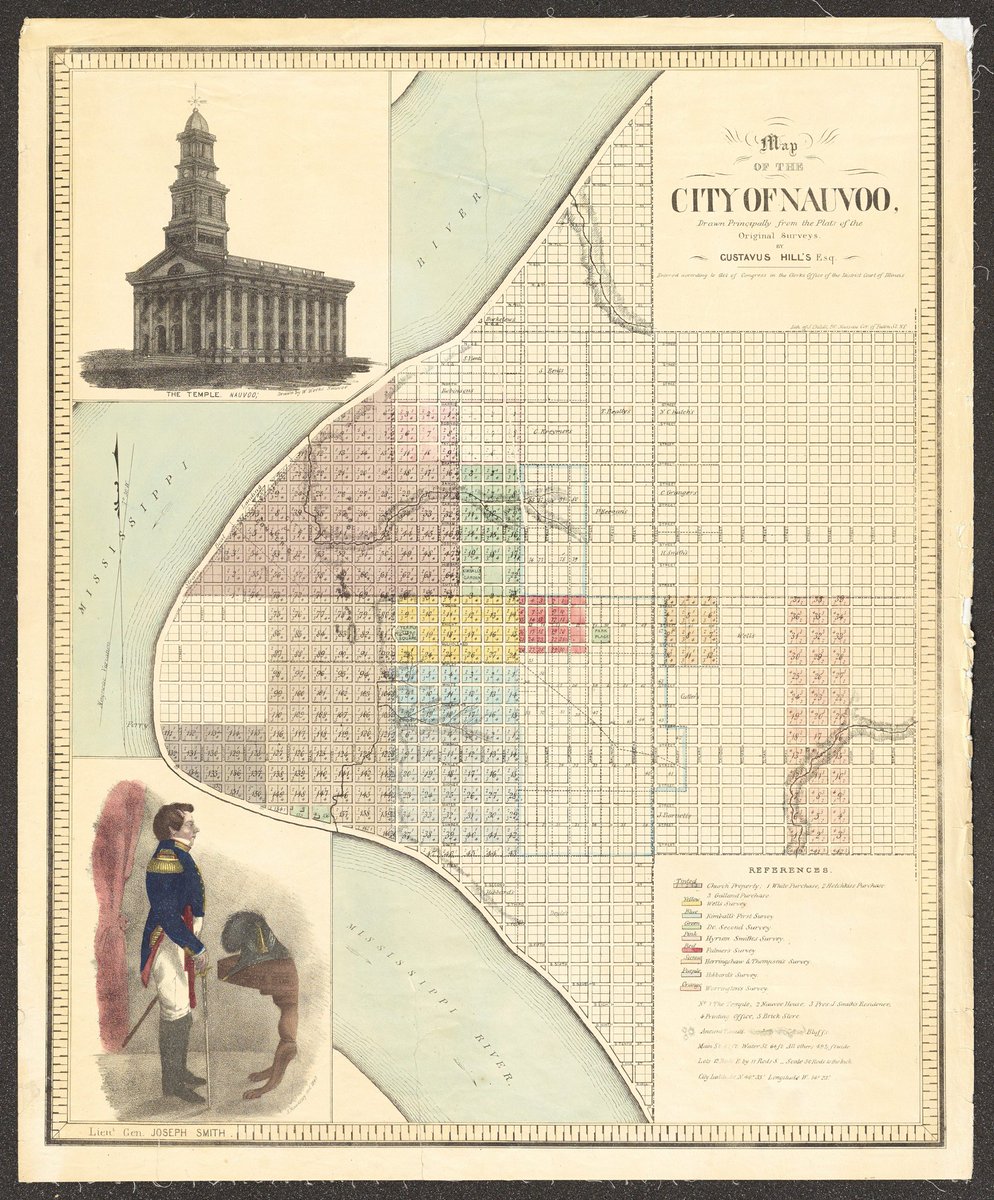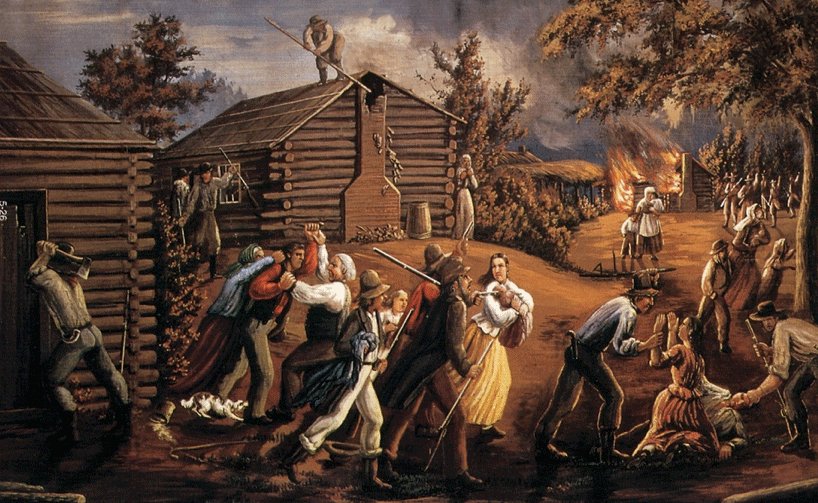
In honor of passing 10k followers, how about a #MormonAmerica thread? (For those new: these are historical threads drawn from my current book project.)
Tonight, let's talk about the rise & fall of Amy Brown & Richard Lyman, the most significant LDS couple in the 20th century. /1

Tonight, let's talk about the rise & fall of Amy Brown & Richard Lyman, the most significant LDS couple in the 20th century. /1


Amy Brown and Richard Lyman were born to prominent Mormon families in 1872 and 1870, respectively. They met at Brigham Young Academy in 1888 and were quickly drawn to each other. /2 

Richard was tall, broad-shouldered, and exceptionally smart, not to mention handsome. Both his father and grandfather were apostles, and he was expected to succeed in both secular and ecclesiastical roles. /3 
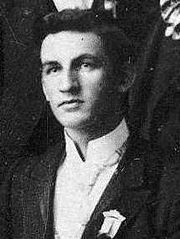
Amy was nearly a foot shorter but just as brilliant and witty. They were the most popular students at the school, and Amy was immediately added to the faculty after graduation. (#15 in this image.) /4 

Though everyone expected them to marry soon, they waited until after Richard received his MA degree from Michigan. Meanwhile, Amy, who started a teaching career in SLC, soaked in the lessons of progressive America, and worried merely being a housewife would lead to "oblivion." /5
After they married, and Richard joined the University of Utah faculty, they became embedded in SLC's elite culture scene, participating in book groups and debate clubs. They represented the "modern," post-manifesto Mormon couple: monogamous, intelligent, and progressive. /6
In 1902, they travelled east: Richard to get a PhD in engineering from Cornell, and Amy to finally get further schooling, albeit over one summer, at the University of Chicago--a lifelong dream, given her father had previously refused her getting a higher education. /7
In Chicago, Amy took classes in social reform and became swept up in Progressive America's quest to redeem modernity's ills. She even got the chance to personally learn from Jane Addams's Hull House, the embodiment of the social gospel movement. /8 

After their return to SLC, Amy was added to the General Relief Society Board, tasked to modernize the organization and reach a younger generation. She then became the society's most powerful figure for the next three decades. Read her vision here: churchhistorianspress.org/at-the-pulpit/… /9
A decade after that, Richard followed his father & grandfather into the apostleship, becoming one of a handful of new Quorum members with advanced degrees hoping to transform church doctrine & governance. (He's the tall guy in the back row.) /10 

Throughout the 1910s, 20s, and 30s, the Lymans were a force. Amy transformed the Relief Society and made it an extension of federal relief efforts, especially during the Great Depression when she worked with the government and praised the New Deal. (She's middle-front.) /11 

At one point, riding the post-suffrage wave in the 1920s, Amy even served in the Utah Legislature and held positions in national women's organizations. Richard, meanwhile, loosened LDS dogmatism, especially in the curriculum for adults and youth. /12
Besides helping change the Relief Society and the Quorum of the Twelve, the Lymans also challenged traditional gender roles. Here is a poem written by My Booth Talmage in 1923 that playfully needles their familial arrangement. /13 

Both faced opposition, though. In the Q12, Richard was confronted by conservative apostles like Joseph Fielding Smith who worried they were embracing "modernist" ideas; Amy was critiqued by RS leaders like Susa Young Gates who accused her of "secularizing" the society. /14
Both of them faced their biggest challenge in J. Reuben Clark, who joined the church's First Presidency in 1933 after a career in public service. To Clark, the Lyman represented the faith's biggest threats: creeping "intelligentsia" and federal overreach (i.e., the New Deal). /15 

For the next decade, Clark slowly pushed back on the reforms the Lymans had introduced, setting the faith on a different trajectory that still shapes how the institution operates today. Modern Mormonism as we know it, I argue, was birthed in these 1930s debates. /16
The clash closed in 1943. That November, Richard was caught having an affair with Anna Jacobsen Hegsted, whom he had been seeing for nearly two decades. There are debates over whether this was a polygamous union, a one-time affair, or something else--a debate for another day. /17
Regardless of the nature of the relationship, Clark and a policeman barged in on Richard and Hegsted, caught them in the act, and Richard was then publicly excommunicated. You can read more about that whole episode here: jstor.org/stable/2329260… /18
The public spectacle surrounding the drama, as you might imagine, both devastated Amy and largely disempowered her. (She was Relief Society President at the time.) Clark then moved to consolidate authority and strip the society's autonomy. /19
The Relief Society lived on, of course, but had wholly new confines, operating under priesthood control & with purely spiritual endeavors, rather than the machine of secular reform that Amy created. Women's activism persisted, but outside ecclesiastical boundaries. /20
The story of Amy Brown and Richard Lyman, then, tells the story of how modern Mormonism had several potential trajectories, lots of complicated nuances, and unexpected reversals. The church could have developed much differently under different circumstances. /fin 



btw: you can read more about Amy Brown Lyman in this phenomenal @UofUPress biography, written by Dave Hall. uofupress.lib.utah.edu/a-faded-legacy/
• • •
Missing some Tweet in this thread? You can try to
force a refresh


